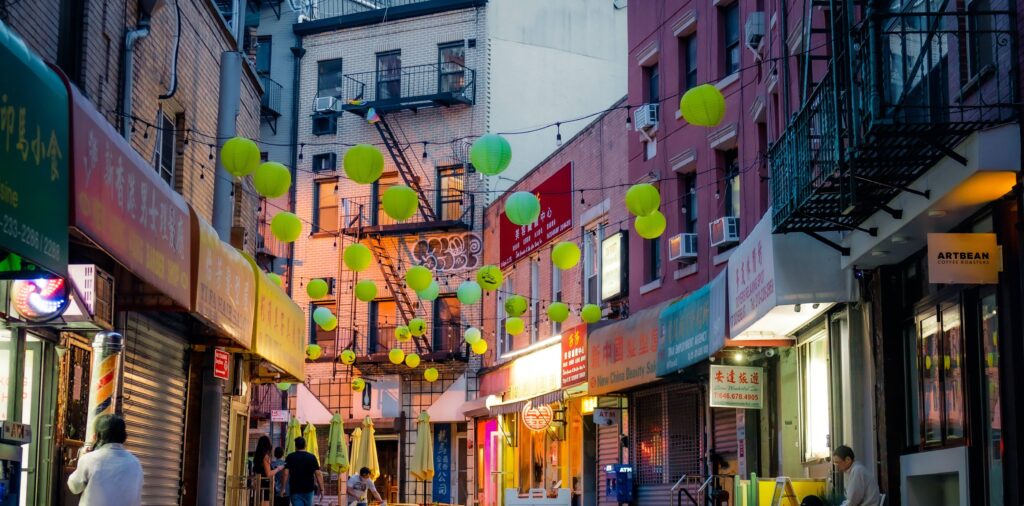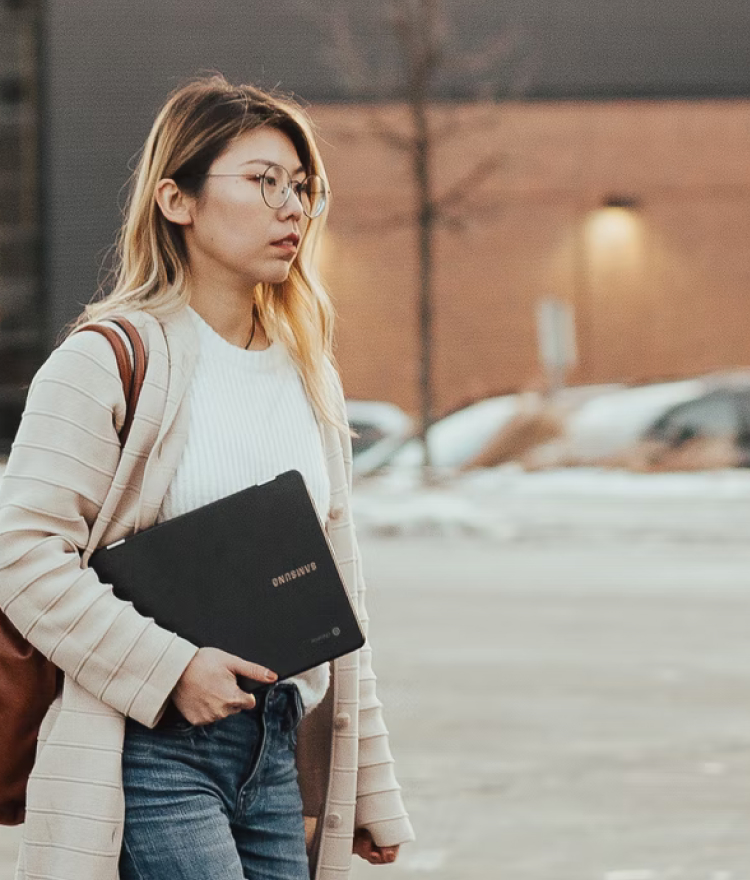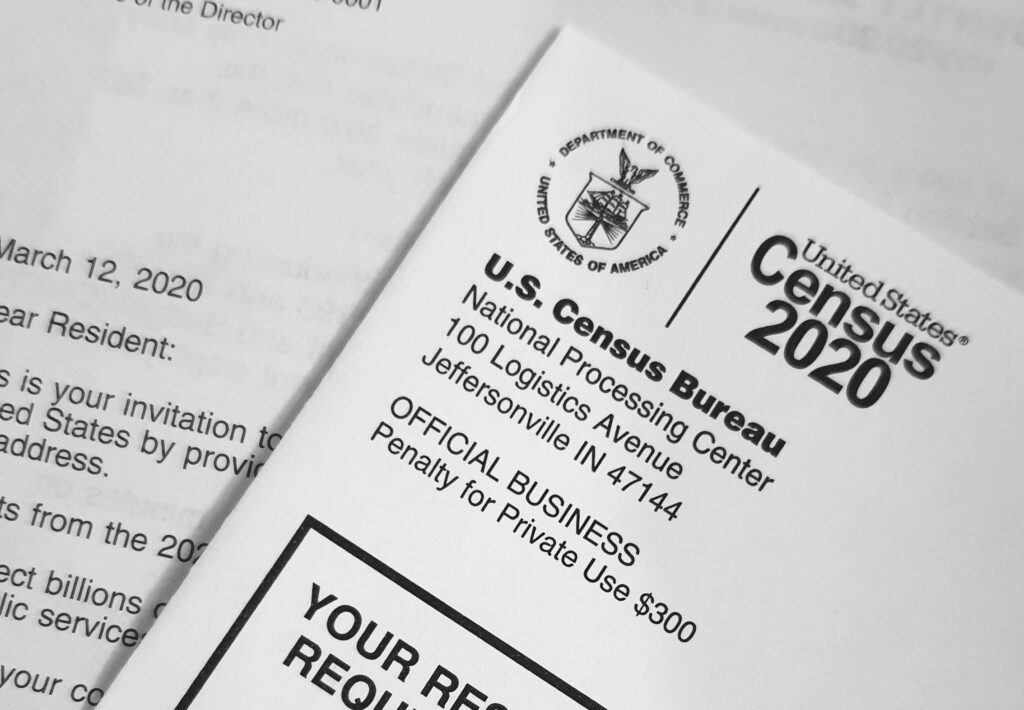Family, Government, Money
From Chinatowns to ethnoburbs and beyond, where Chinese people settle reflects changing wealth levels and political climates
We are researchers who study international migration. The origins, demographics and settlement patterns of the approximately 60 million people worldwide who make up the Chinese diaspora, including immigrants and their descendants, are becoming increasingly diverse. A type of immigrant community, coined ethnoburbs, has been emerging since the 1960s as a result of changing immigration policies. These are suburban communities that have mixed racial and socioeconomic groups. Ethnoburbs defy the traditional assumption that Chinese immigrants arrive poor and have to settle in urban Chinatowns before earning enough money to move to the suburbs. Educated and wealthy Chinese immigrants arriving in the past few decades have settled in upper middle- to upper-class neighborhoods. Meanwhile, Chinese immigrants working low-wage jobs have increasingly settled in rural areas and cities. Ethnoburbs coexist with Chinatowns in many countries, but they differ from ethnic enclaves not only in their location but also in terms of their ethnic concentration and class differences.
Authors: Wei Li, Professor of Asian Pacific American Studies, Geographical Sciences and Urban Planning, Arizona State University, and Yining Tan, Assistant Professor of Practice, University of Arizona. The original article appeared on The Conversation on August 1, 2023. The Conversation is a nonprofit, independent news organization dedicated to unlocking the knowledge of experts for the public good.

The origins, demographics and settlement patterns of the approximately 60 million people worldwide who make up the Chinese diaspora, including immigrants and their descendants, are becoming increasingly diverse. Illustrating this diversity are two mass shootings during the 2023 Lunar New Year in California’s Monterey Park and Half Moon Bay, communities that include Chinese immigrants ranging from middle- to upper-middle-class residents to farmworkers.
We are researchers who study international migration. One of us coined the term “ethnoburb” to describe suburban communities that have mixed racial and socioeconomic groups.
Ethnoburbs defy the traditional assumption that Chinese immigrants arrive poor and have to settle in urban Chinatowns before earning enough money to move to the suburbs.
Ethnoburbs defy the traditional assumption that Chinese immigrants arrive poor and have to settle in urban Chinatowns before earning enough money to move to the suburbs. Instead, educated and wealthy Chinese immigrants arriving in the past few decades have settled in upper middle- to upper-class neighborhoods. Meanwhile, Chinese immigrants working low-wage jobs have increasingly settled in rural areas and cities that aren’t considered gateways to the U.S. And Chinese restaurateurs are scattered across urban and rural areas in many countries.
The evolution of these communities involves a two-way integration process, with newer and older generations of immigrants, as well as long-term non-Chinese residents, adjusting to one another. Shifting Chinese immigrant settlement patterns reflect the changing profile of Chinese immigrants and the effects of globalization and geopolitics.
Changing Chinatowns
Large-scale emigration out of China’s Guangdong province started in the 19th century, propelled by poverty and oppression at home and promising opportunities abroad, such as the gold rush in Australia, New Zealand and the U.S., and railroad construction in North America.
Chinatowns – inner-city, compact Chinese residential and commercial quarters – represent the prototypical ethnic enclave, a geographic area with high concentrations of a particular ethnic group. The first Chinatown in the U.S. emerged in San Francisco in 1848 as a gateway and transnational hub for Chinese immigrants.
When the initial gold rush and railroad construction jobs ran dry and anti-Chinese racism became rampant, Chinatowns soon became refuges for Chinese immigrants to shield themselves from the harsh reality of legal exclusion and racist violence. A number of Chinatowns were displaced in the name of urban development or because of violence.
The fate of Chinatowns in different locations has varied dramatically…Most have experienced gentrification and international investment from Asia.
From the 19th to mid-20th centuries, racist legislation like the White Australia Policy and the Chinese Exclusion Acts in Canada and the U.S. severely curbed Chinese immigration, causing Chinatowns to dwindle or disappear altogether.
Since the repeal of those policies, the fate of Chinatowns in different locations has varied dramatically. Some, such as those in New York and San Francisco, became prime tourist attractions and gateways for new immigrants working low-wage jobs. Most have experienced gentrification and international investment from Asia.
This has led to shrinking Chinese communities and business districts in cities like Washington, D.C., while other Chinatowns, like those in Melbourne and Sydney in Australia, have expanded into thriving neighborhoods. Some intentionally developed Chinatowns, like the one Las Vegas opened in 1995, are commercial plazas with mostly restaurants and shops.
Emergence of ethnoburbs
Another type of immigrant community has been emerging since the 1960s as a result of changing immigration policies: ethnoburbs. These are suburban settlements with multiethnic residential and business areas, where a single ethnic group may not necessarily constitute a majority.
To attract highly skilled and well-educated immigrants, a number of countries instituted point systems that evaluate an applicant’s education, professional experience and language proficiency, among other qualifications. Meanwhile, economic growth in their countries of origin allowed wealthy immigrants to settle directly in the suburbs rather than urban Chinatowns.
Ethnoburbs in Silicon Valley emerged with high-tech industries attracting skilled and affluent Asian Americans who are highly politically involved.
The shifting geographic center of Chinese settlement in Los Angeles County showcases the development of an ethnoburb. The first half of the 20th century witnessed slow southward movement away from downtown, largely due to Chinese residents’ moving out of Chinatown. Then, during the second half of the century, the center moved steadily eastward as large numbers of new Chinese immigrants directly settled in the suburban San Gabriel Valley, signifying the emergence of an ethnoburb.
Because of the diverse local industries and demographics of immigrants around the world, each ethnoburb evolves in different ways. For example, ethnoburbs in Silicon Valley emerged with high-tech industries attracting skilled and affluent Asian Americans who are highly politically involved. And unlike the predominantly Chinese ethnoburb in San Gabriel Valley, Sydney’s “super-diverse ethnoburb” is characterized by multiple different ethnic groups from various countries of origin.
Ethnoburbs are different from Chinatowns
Ethnoburbs coexist with Chinatowns in many countries, but they differ from ethnic enclaves not only in their location but also in terms of their ethnic concentration and class differences. Residents in ethnoburbs are more racially and socioeconomically diverse, suggesting greater potential for racial tensions and class conflicts than traditional ethnic enclaves. For example, the growing presence of wealthy Asians in Arcadia, California, fueled increasing housing prices and a McMansion boom that concerned local residents.
Residents in ethnoburbs are more likely to interact with other groups, which makes it easier for them to forge economic ties and build political alliances.
However, unlike the self-contained communities in ethnic enclaves, residents in ethnoburbs are more likely to interact with other groups, which makes it easier for them to forge economic ties and build political alliances. For instance, Asian Americans in Silicon Valley have established business councils and parent associations made up of different Asian ethnicities and exhibit higher political awareness and engagement.
Many ethnoburbs have supplanted Chinatowns as the commercial and cultural centers of contemporary Chinese diasporas.
Obviously, not all Chinese people live in Chinatowns or ethnoburbs. Many live in other locations, and they’re not always surrounded by other Chinese people. Geographers coined the term “heterolocalism” to describe immigrants and minorities who live in areas with less ethnic diversity but are still able to retain their cultural identity.
Many ethnoburbs have supplanted Chinatowns as the commercial and cultural centers of contemporary Chinese diasporas.
Geopolitics and integration
Changing political climates may also lead to shifting trends in immigration.
Recent decades have seen increasing anti-Asian hate amid rising geopolitical tensions with the People’s Republic of China, especially since the COVID-19 pandemic began. The long-term effects of these trends on Chinese diasporas are unclear. But many are already experiencing the backlash and face racial violence.
In the U.S., Chinese scientists are facing racial profiling, Chinese business owners have had their properties vandalized and many Chinese Americans have been violently attacked. States have passed or proposed laws that bar or restrict citizens of China from purchasing properties. These laws resemble 20th-century U.S. Alien Land Laws that prohibited Asian immigrants from owning land. Anti-Chinese violence is also happening in other places like Canada and Europe.
We hope that ethnoburbs will not become, like historical Chinatowns, the only refuge for Chinese immigrants to live. Learning from history’s mistakes is key to building a fair and just society for all, the Chinese diaspora included.
Disclosure: MyAsianVoice is committed to publishing original and third-party content that is relevant and useful to the Asian female and beyond. The content posted are strictly the views of the authors’ own and does not reflect the views of MyAsianVoice.
Wei Li receives funding from US National Science Foundation, Canadian Government, Fulbright.
Yining Tan does not work for, consult, own shares in or receive funding from any company or organization that would benefit from this article, and has disclosed no relevant affiliations beyond their academic appointment.
Helpful Resources
Our Demographics (MyAsianVoice)
Our Economic Power (MyAsianVoice)
Our Political Power (MyAsianVoice)
Get a monthly dose of our latest insights!


About
myasianvoice
At MyAsianVoice, we connect Asian Americans to surveys and research to bridge the Asian data gap.
Join our growing respondent list >>
